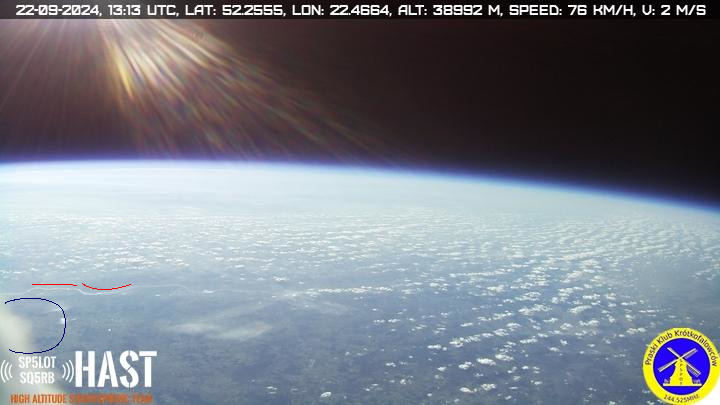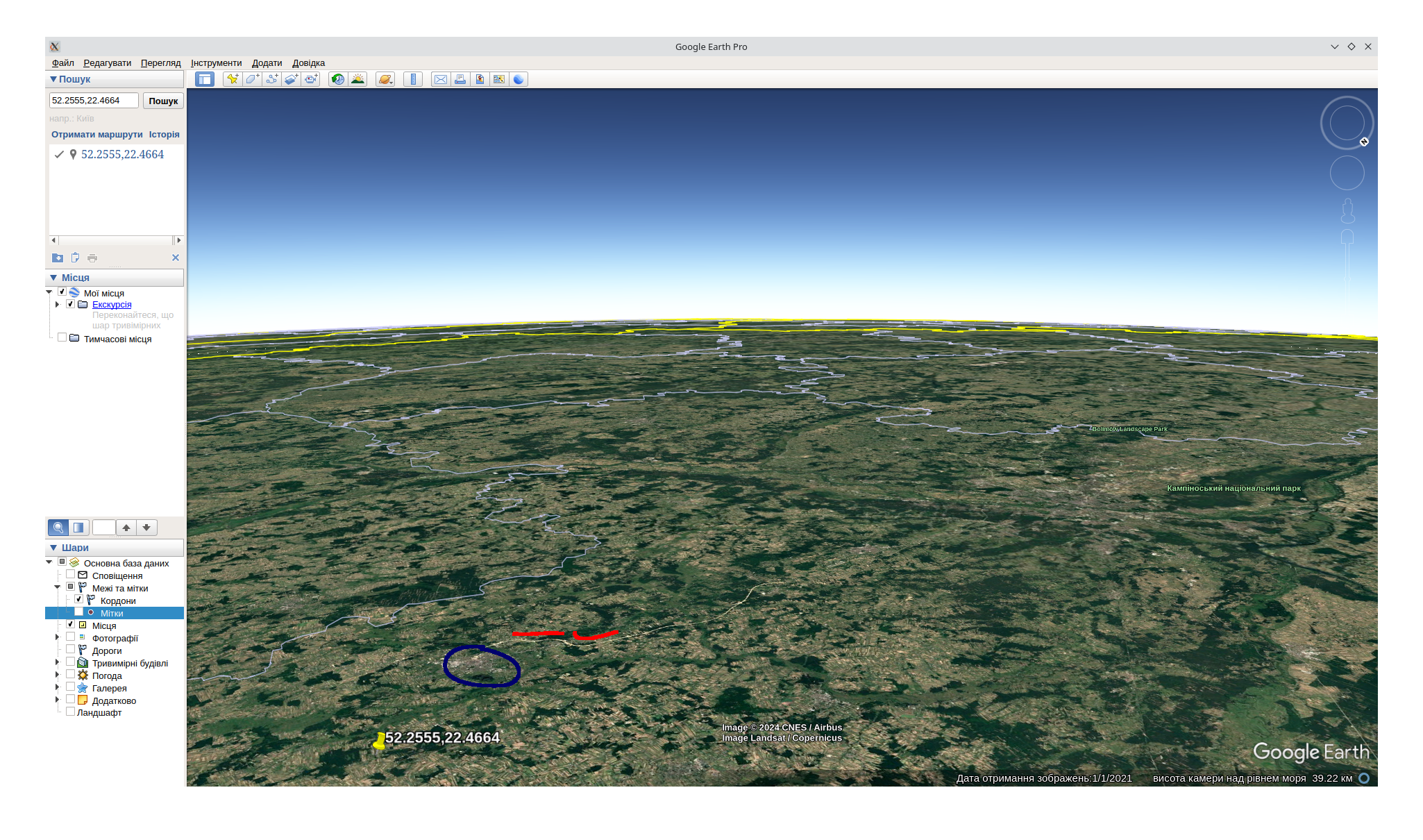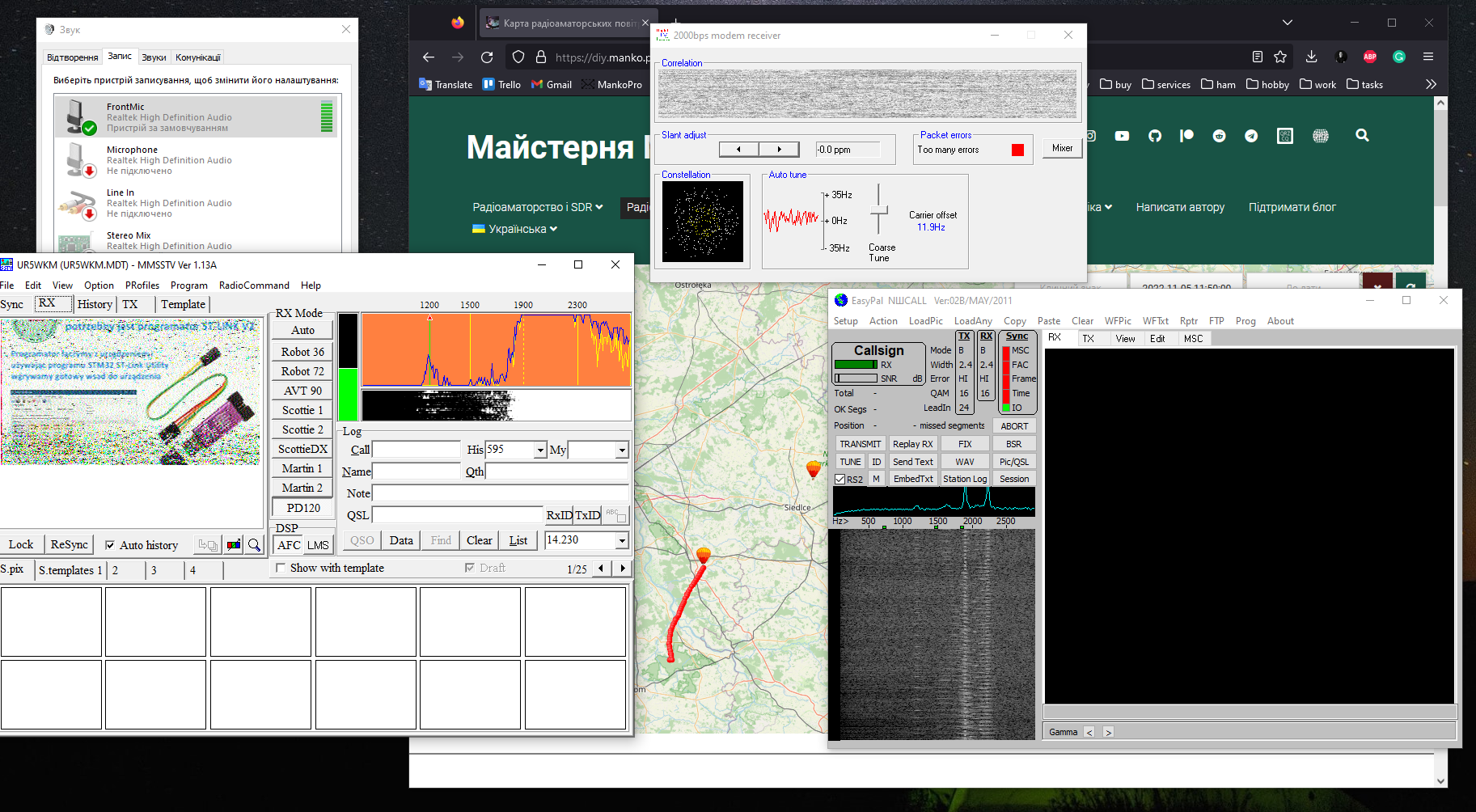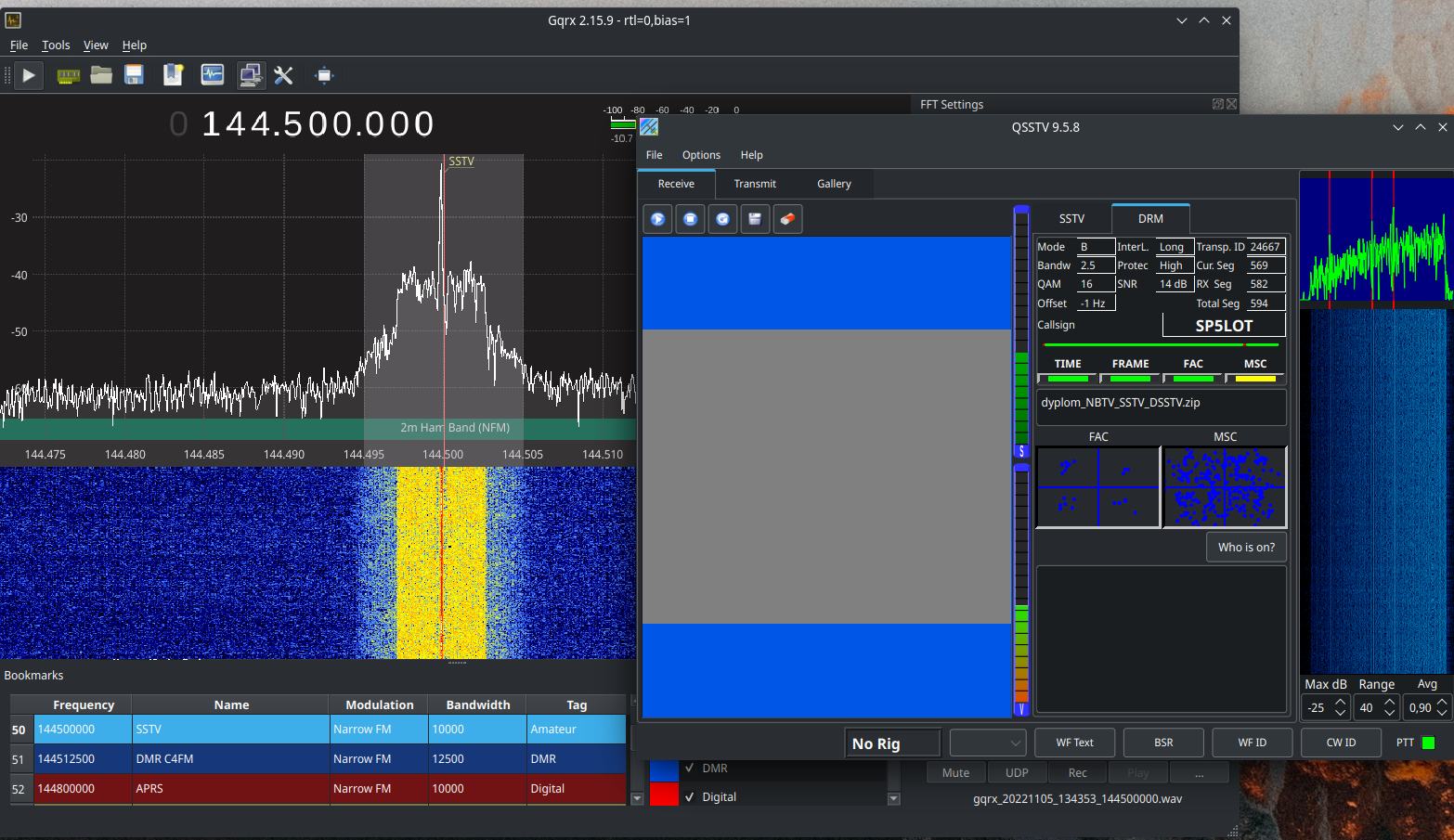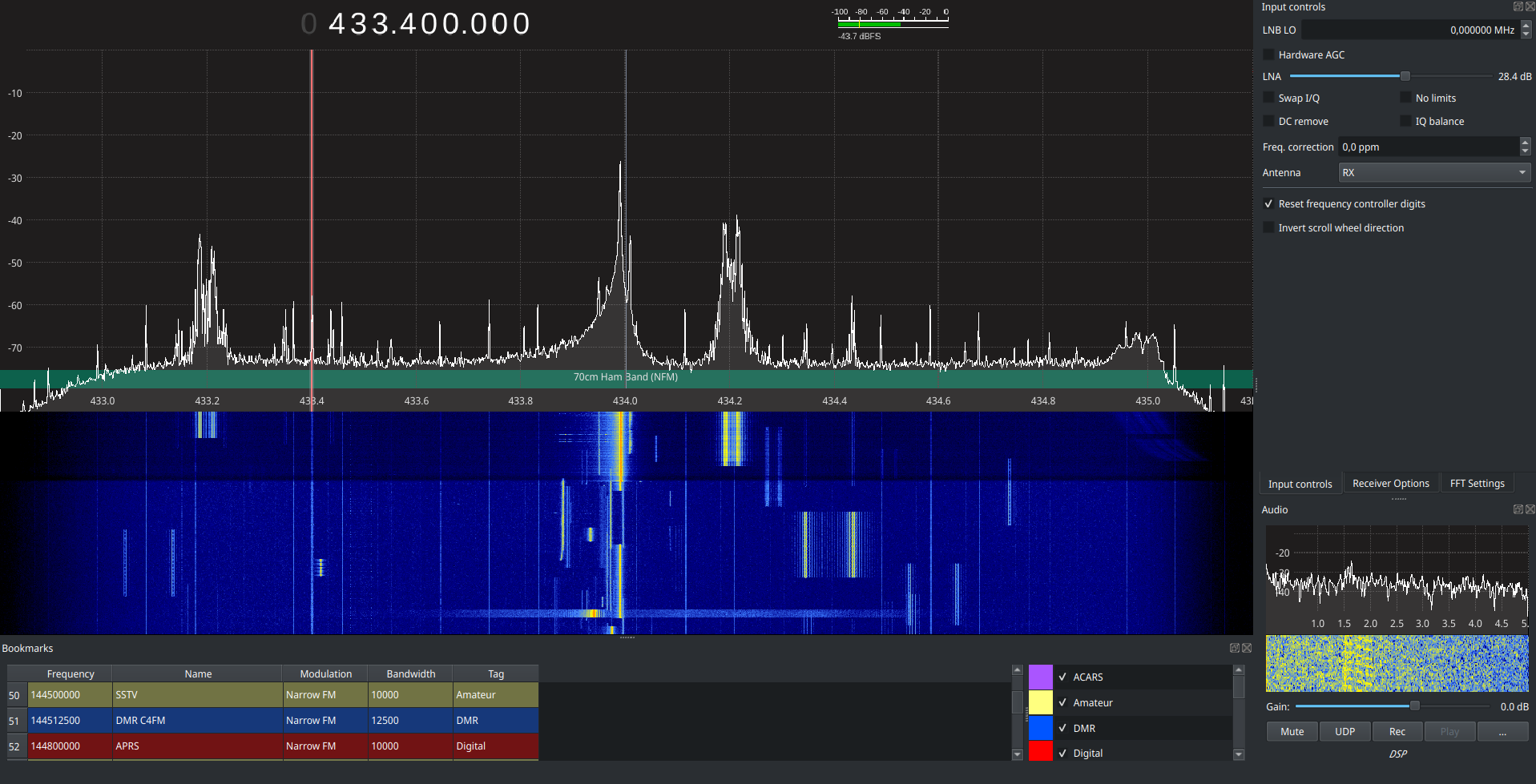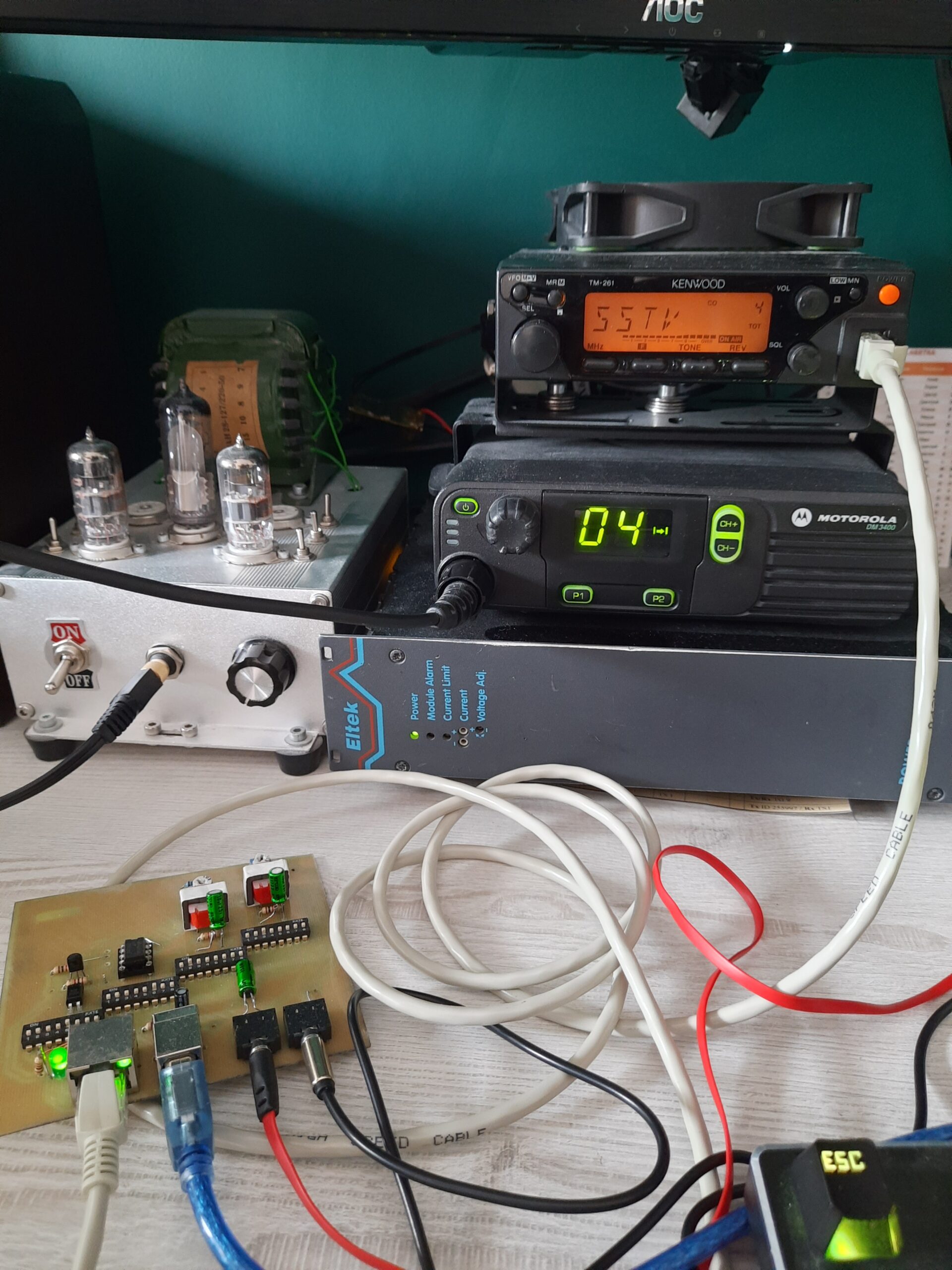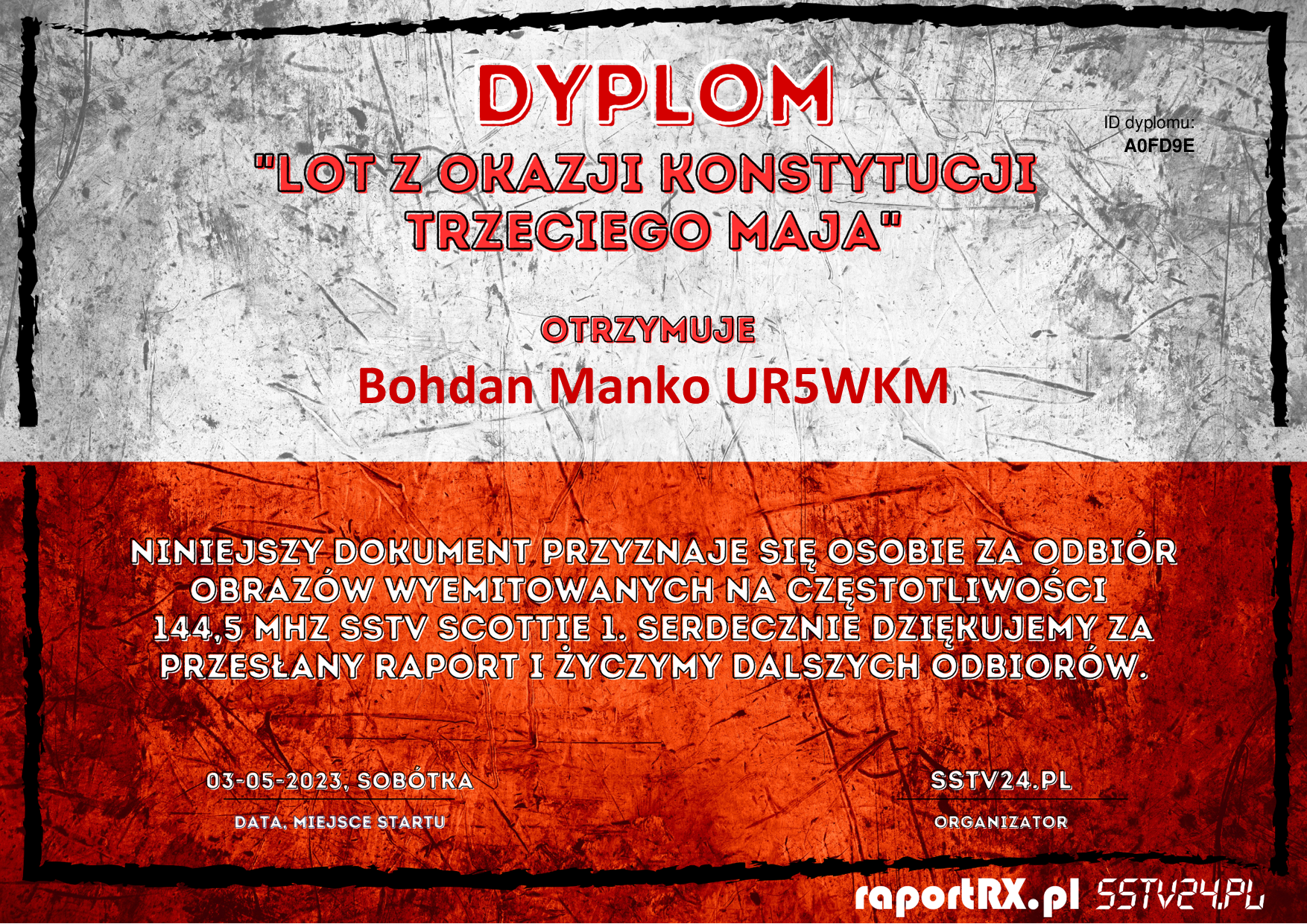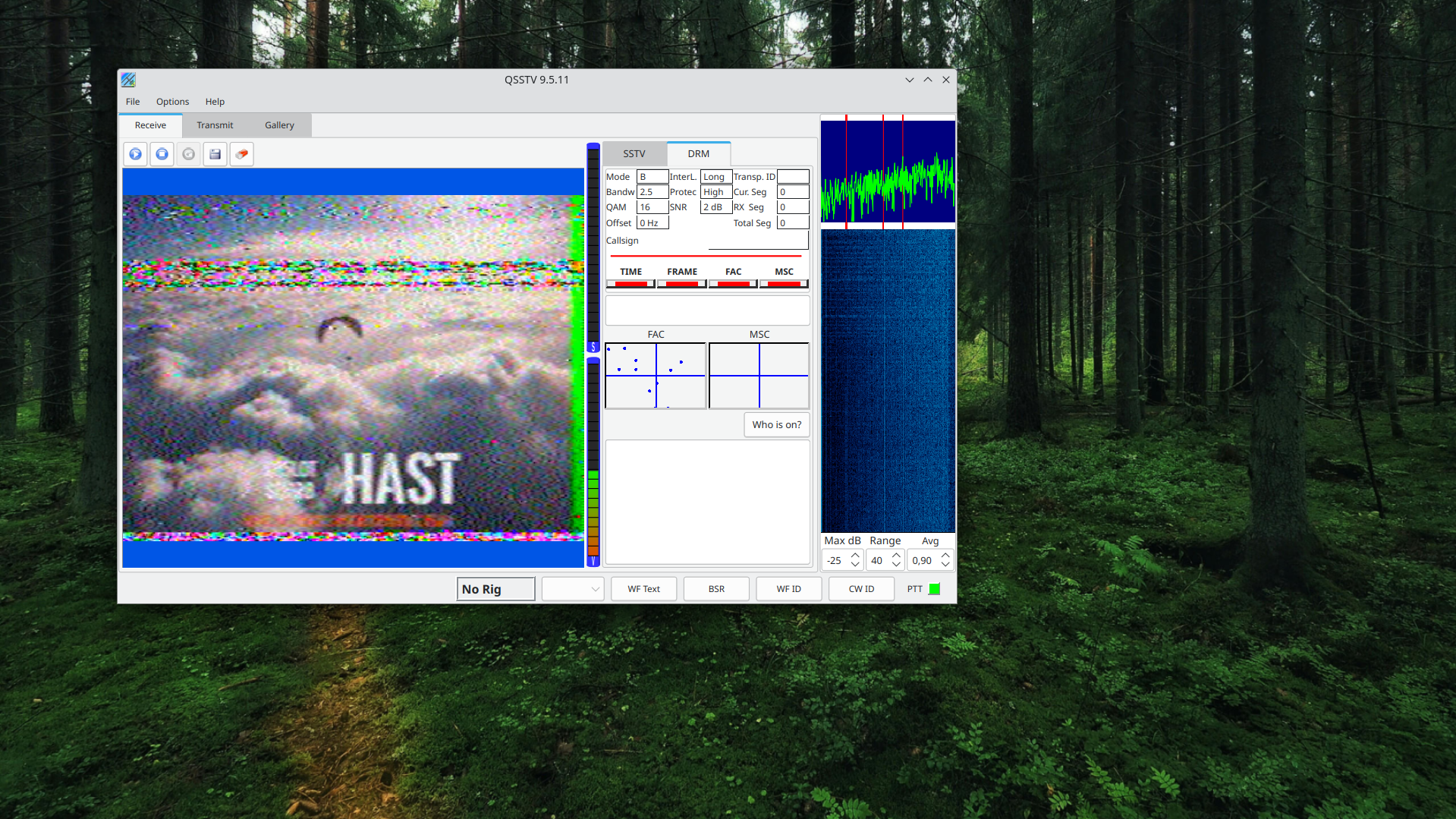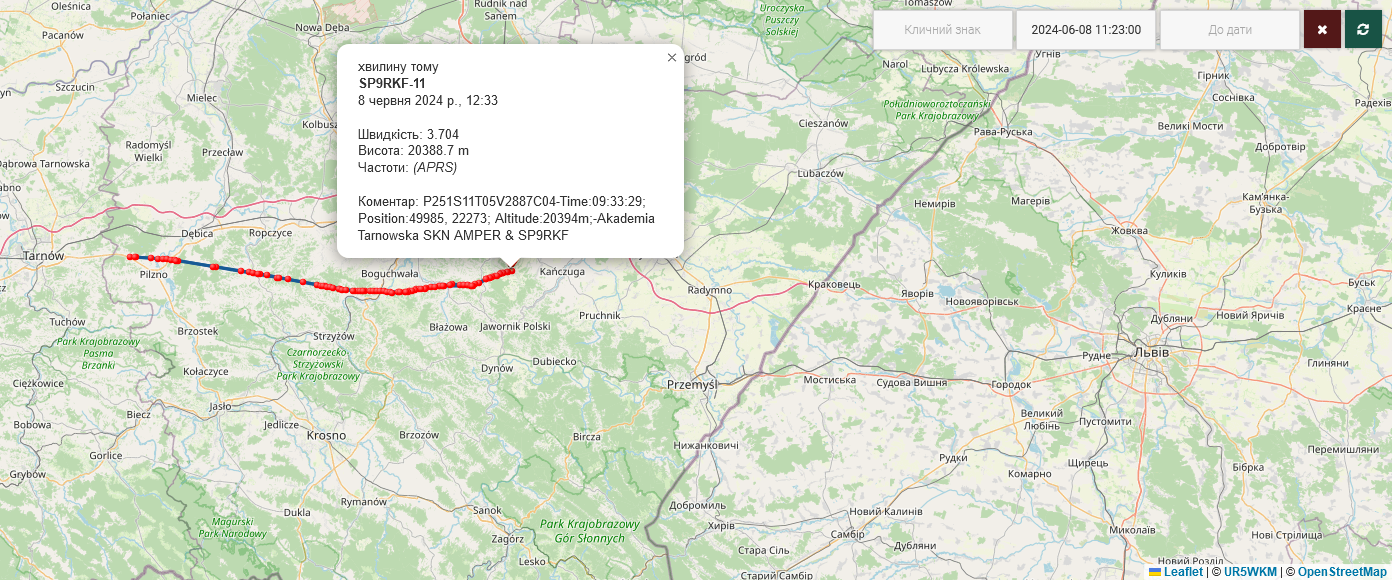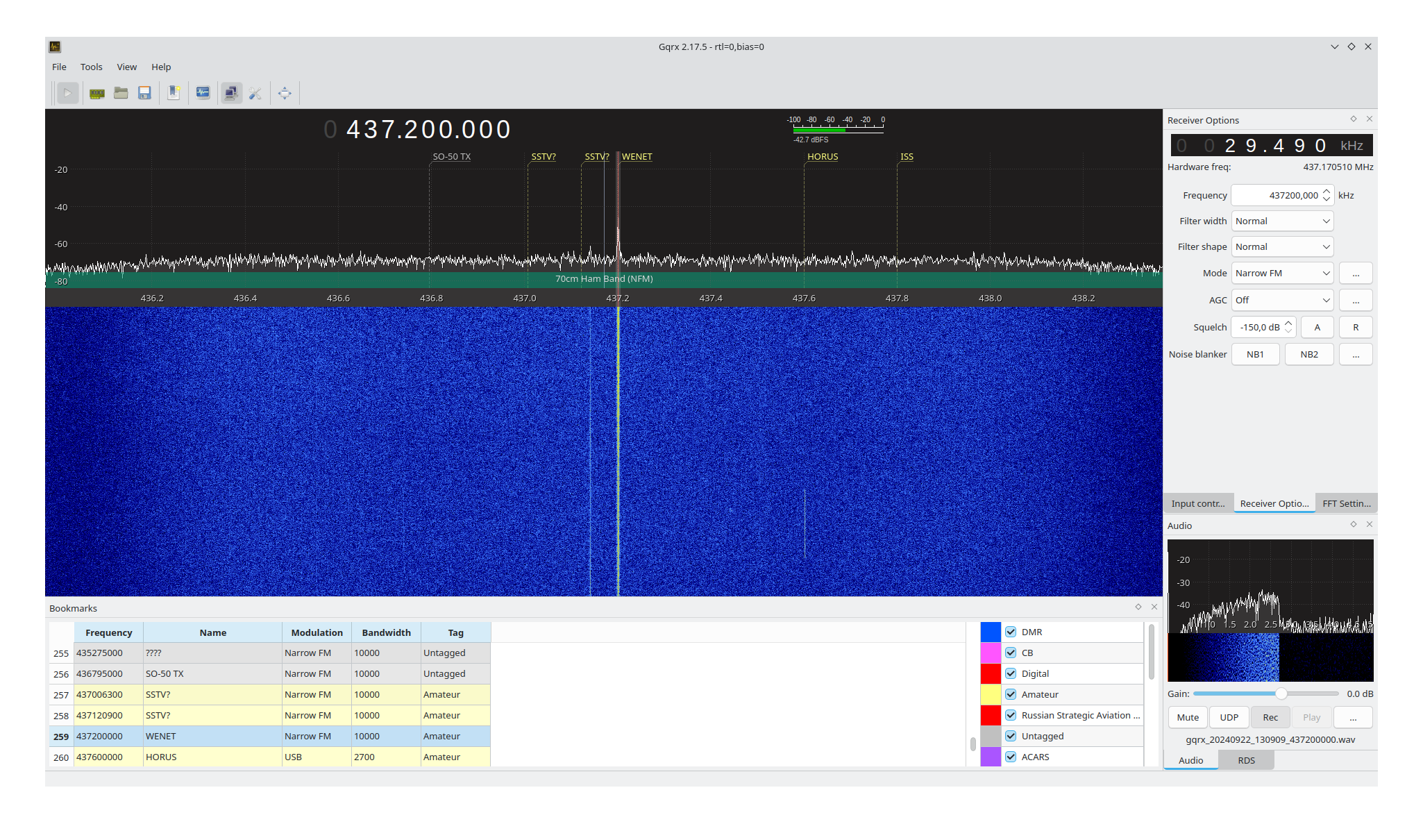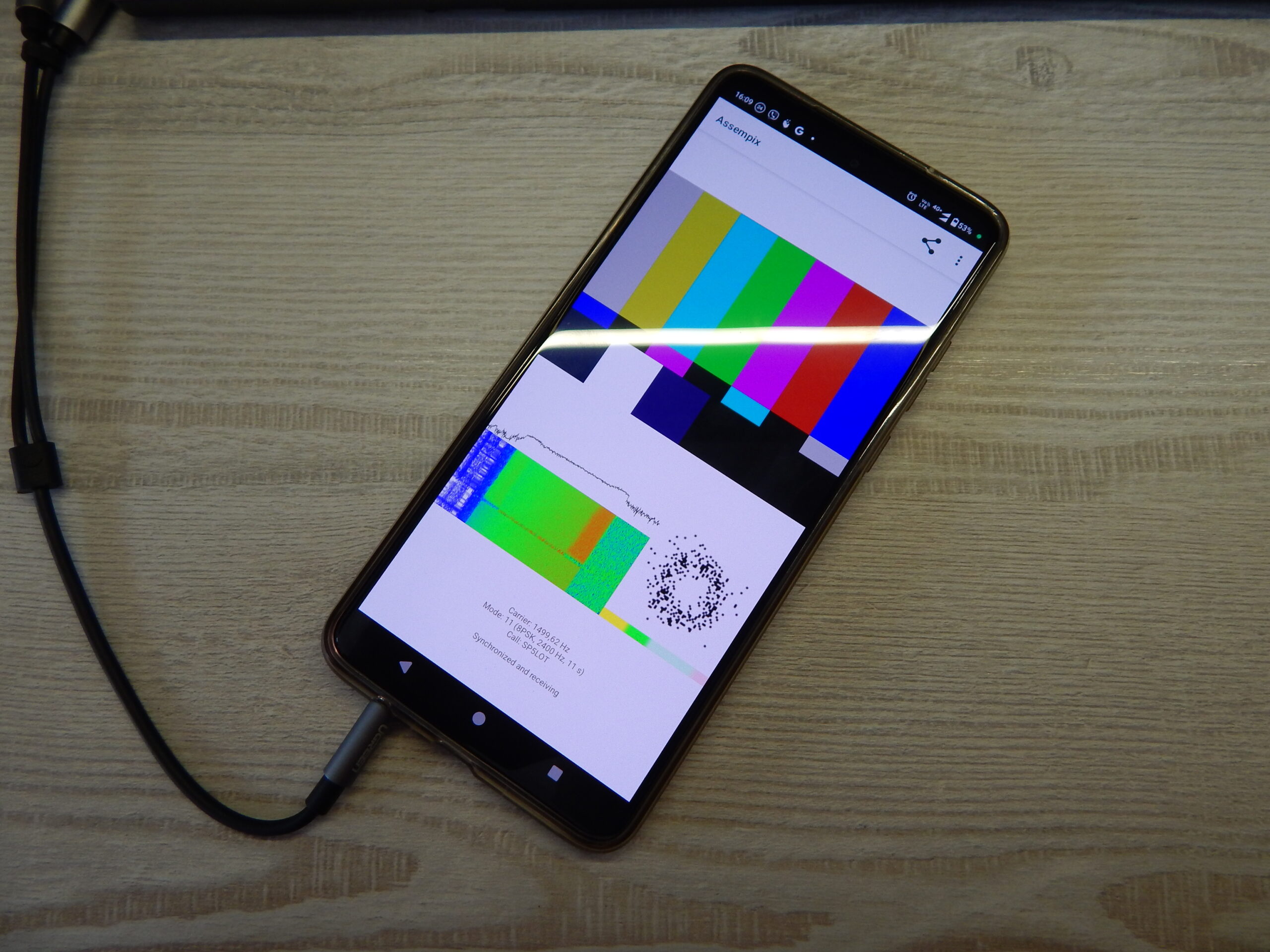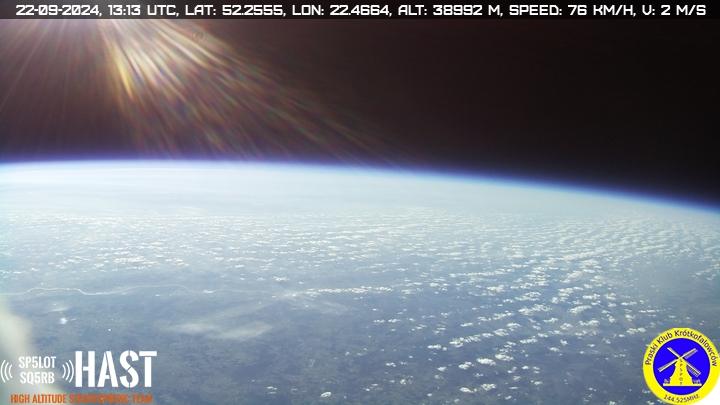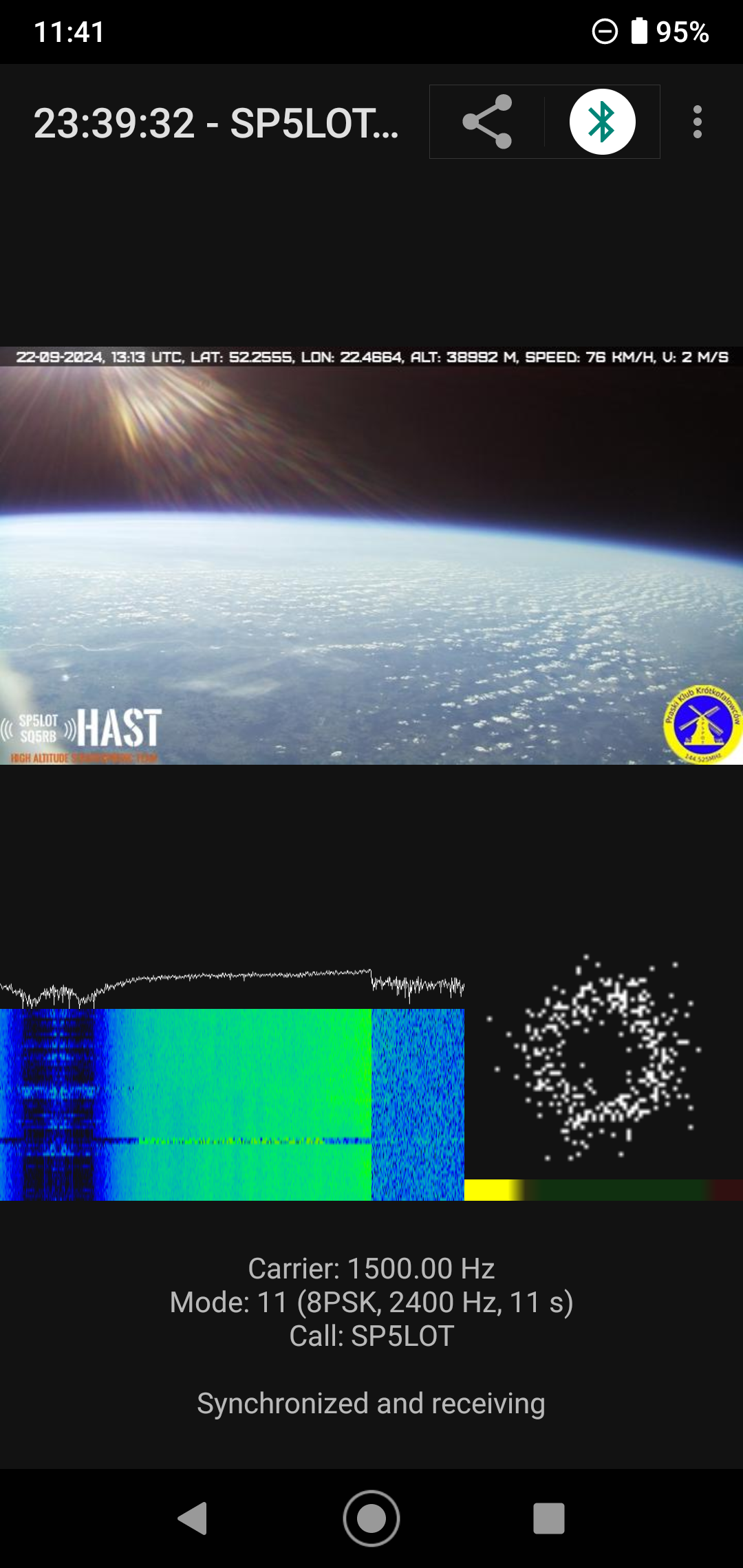Starting October 27, 2022, in order to prevent making new posts for each SSTV recording, I decided to create this page and append it with new images and details.
Previous records could be viewed in the following posts:
- 23.06.2021, ISS, 18 series, 145.800 MHz, PD120
- 07.08.2021, ISS, 145.800 MHz, PD120
- 31.10.2021, 14.230 MHz [in Ukrainian]
- 29 – 31.12.2021, ISS, 19 series, 145.800 MHz, PD120
- 10.02.2022, 14.230 MHz [in Ukrainian]
- 20.02.2022, ISS, 145.800 MHz, KG-STV
- 14.04.2022, ISS, 20 series, 145.800 МГц, PD120
- 21.06.2022, high-altitude balloon SP8KDE-12, 144.500 MHz, Scottie 1 [in Ukrainian]
- 28.08.2022, possible high-altitude balloon, 144.500 MHz, PD180 [in Ukrainian]
- 02.10.2022, high-altitude balloon SQ5RB-11, 144.500 MHz, Scottie 1 [in Ukrainian]
- 15.10.2022, high-altitude balloon SP8ESA, 144.500 MHz, PD120 [in Ukrainian]
- 26.10.2022, high-altitude balloon SP9MF-12, 144.500 MHz, PD90 [in Ukrainian]
27.10.2022, high-altitude balloon SP8KDE-12, 144.500 MHz, Scottie 1
The launch announcement was in the SSTV.pl calendar. Immediately after launch, I began to receive a weak signal.
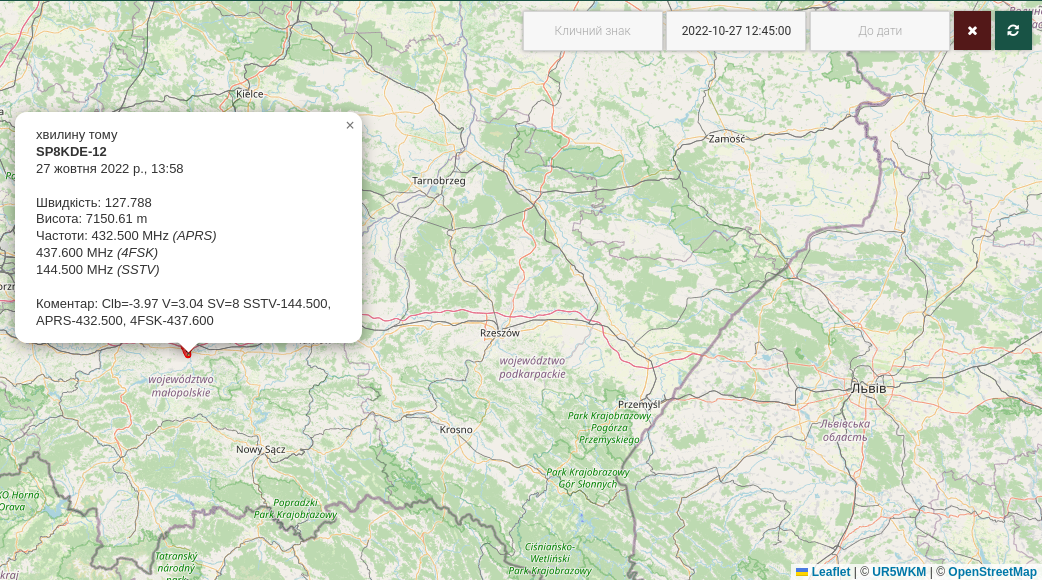
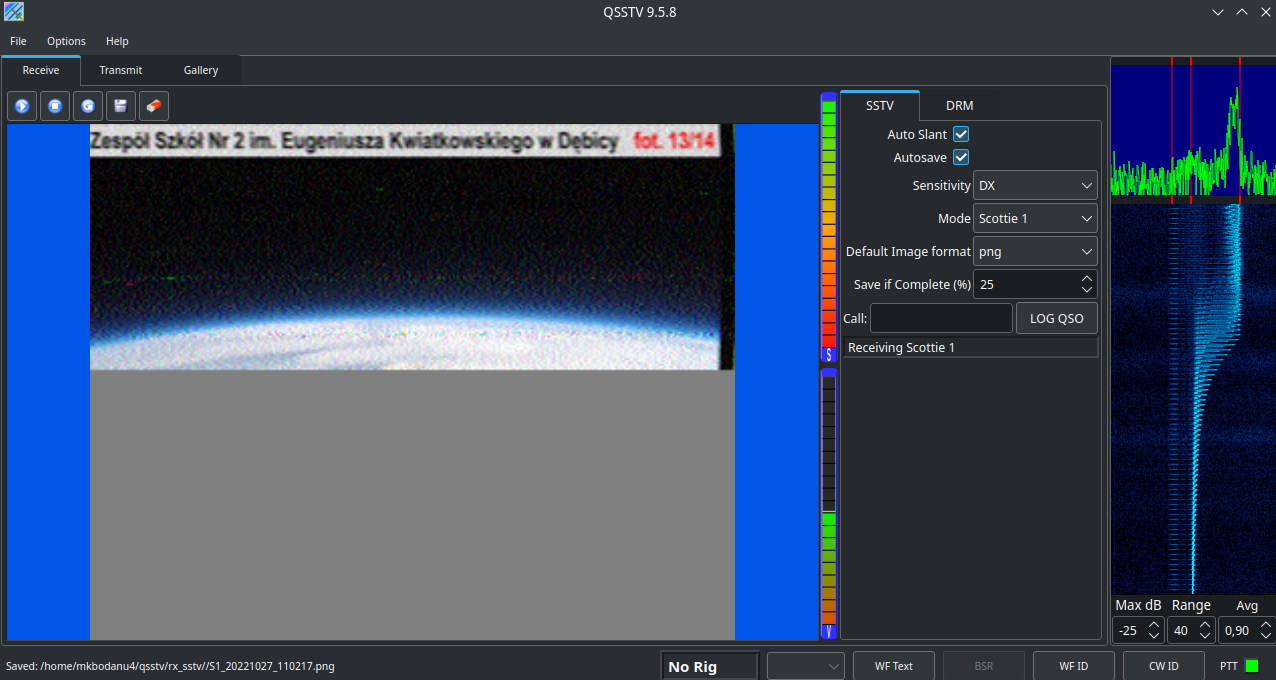
After a few minutes, the signal grew to 7, but could rapidly degrade to 1-2 points. Judging by the telemetry data, there was a strong wind at the height of the flight, which may be the explanation for that. I recorded a few images, and then the signal suddenly completely disappeared. If check APRS track, you can see that signal APRS packets stopped at that time as well. Looks like the antenna broke due to gusts of wind. It’s sad, but I’m glad that got a chance to record at least 13 out of 14 images.













05.11.2022, high-altitude balloon SP5LOT-11, 144.500 MHz, PD120, NBTV, DSSTV (HamDRM)
An interesting event took place today, November 5, 2022. According to the announcement at SSTV.pl, polish radio amateurs Robert SQ5RB and Tomek SP5LOT launched a few high-altitude balloons. Including SP5LOT-11, which broadcasted SSTV in PD120 mode, but also digital SSTV – HamDRM and movies in NBTV mode. According to the authors’ idea, a hidden password was transmitted in analog SSTV and NBTV. And then the archived diploma for participation, encrypted with that password, was transmitted using HamDRM.
The recording was made using the Kenwood TM-261A transceiver and MMSSTV program (for analog SSTV), and EasyPal program (for HamDRM), both running on Microsoft Windows. Why Windows this time? Because I did not find any program for decoding NBTV for Linux. Also used the program to decode NBTV by ZL2AFP, but it has not worked at all. Later I found a message, that another program must be used.
Immediately after launch, the wind direction was north so I got a really weak signal. Eventually, after some time the balloon turned to the east and the signal increased to 9 points on the S-meter.
The signals were aligned in the following cycle – firstly 13 SSTV images were broadcasted in PD120 mode, then the NBTV signal, then the same file repeated three times in HamDRM mode, then NBTV again. After a few cycles, all images were recorded mostly fine, and the file with the diploma was received as well.
Here are all the received images (without the password parts of course).
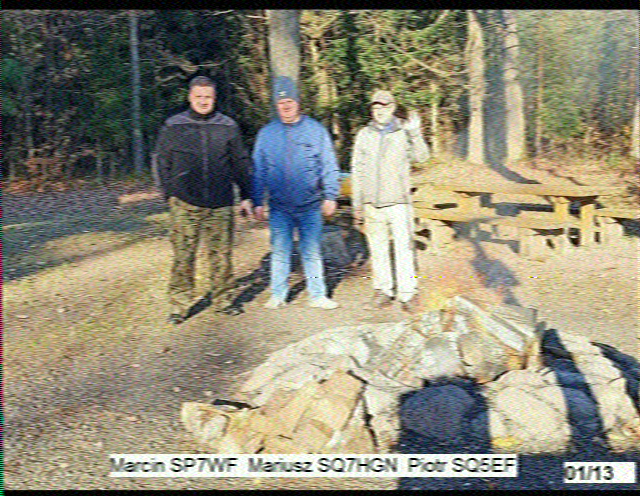
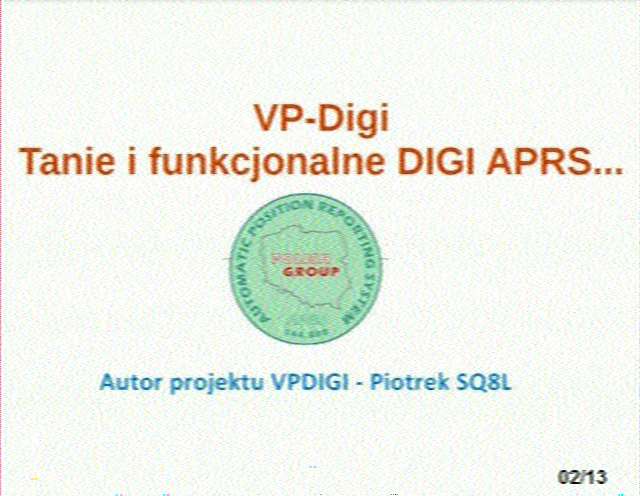
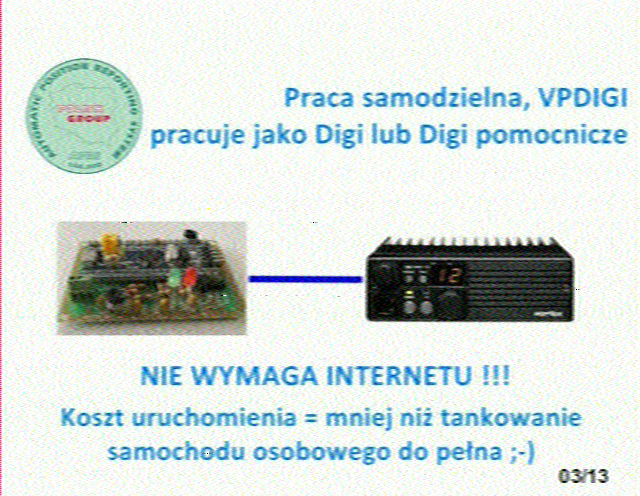
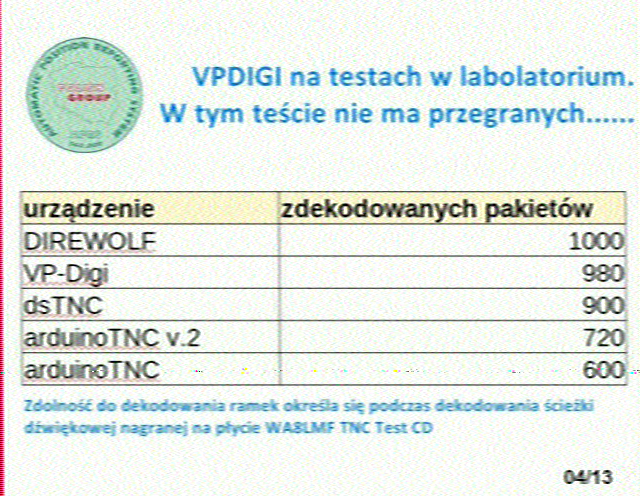

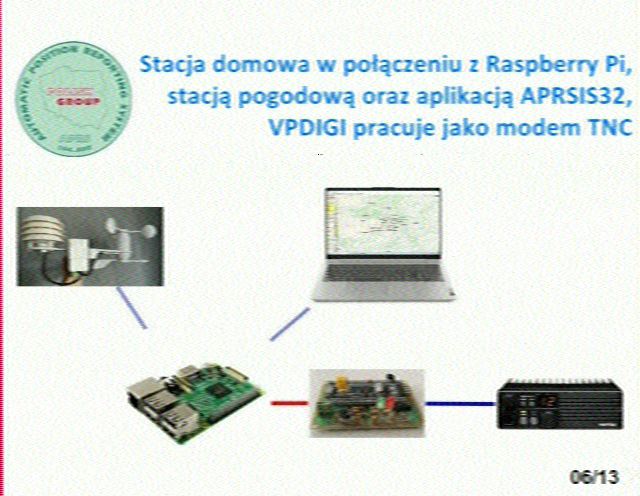
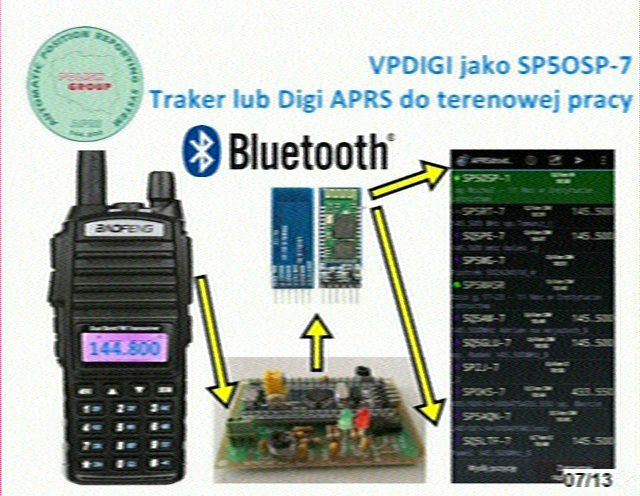
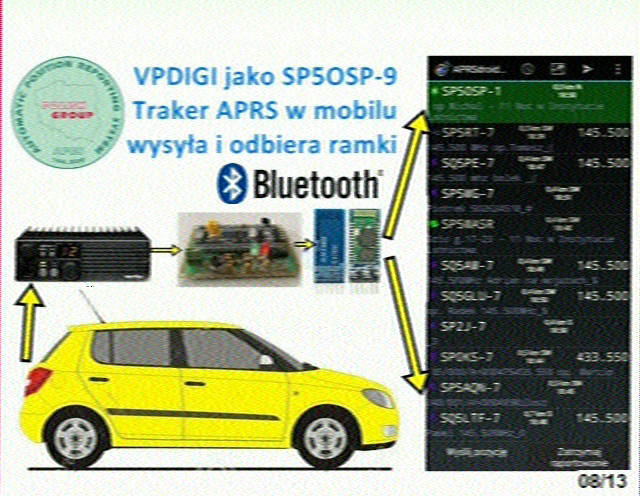
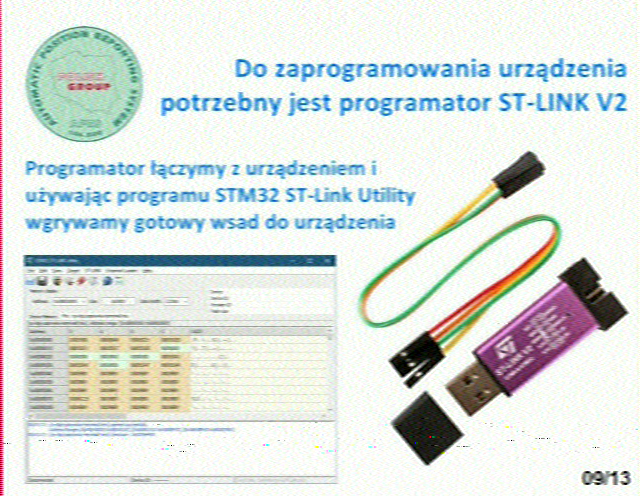


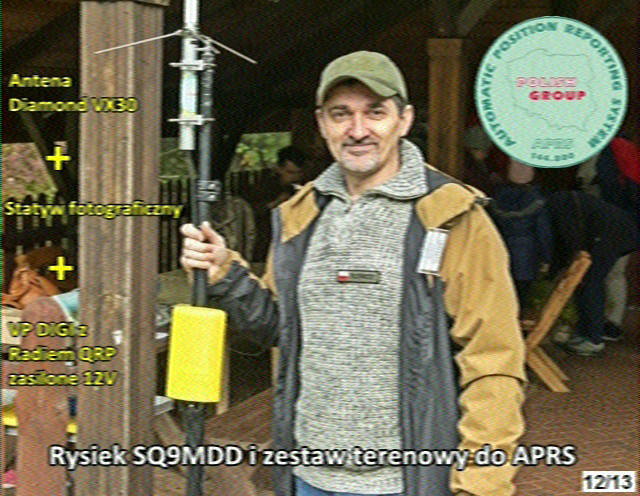

Regards HamDRM, three repeats of the same file allowed me to record the data completely and correctly, even if it did not work out the first time.
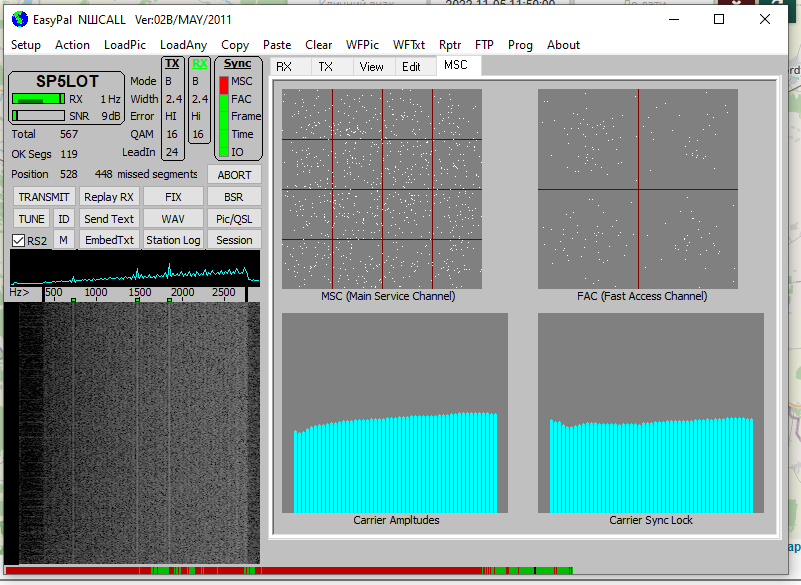
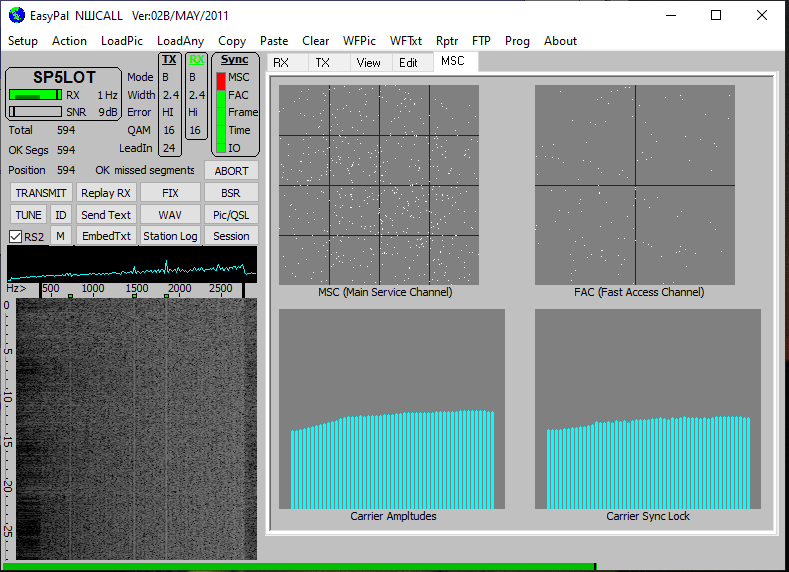
While the signal was strong enough, I tried recording HamDRM on Arch Linux using QSSTV. For an unknown reason, the signal was decoded much worse while using the transceiver as the source. When I tried to receive the same signal with RTL-SDR, it worked better. Maybe because of something with volume or sampling rate I didn’t get the same results as on Windows.
Regards NBTV, I was not able to decode it. Whether the volume was insufficient or the signal was weak, I don’t know. Audio recording of the signal from the transceiver – Here.
And here is the diploma. I had to fill it by myself, but I really like that way of delivery!
17.12.2022, QSO with US5WAA, 144.500 MHz, Scottie 1
Had a test QSO with Yuri US5WAA who was experimenting with different connections between his transceiver and laptops.
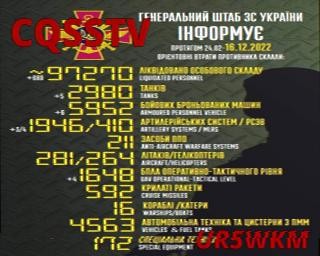
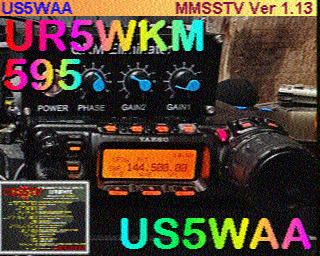
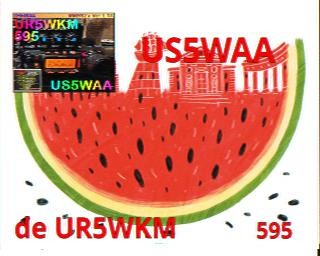
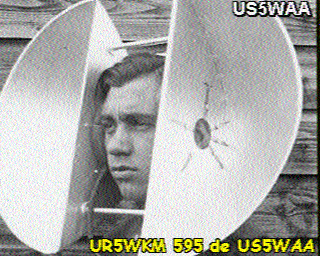

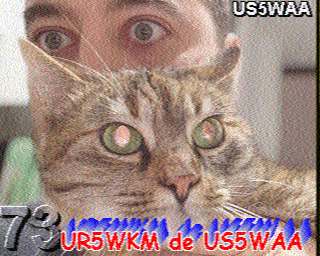
25.12.2022, high-altitude balloons SP6ZHP-12/SP6ZHP-13, 433.400 MHz, Scottie 1
Today, 25.12.2022, I got an email from forum sp7pki.iq24.pl about launching a high-altitude balloon with APRS, 4-FSK, LoRa, and SSTV onboard on the occasion of Christmas. I can’t miss such an event, so I enabled tracking in my balloon tracker. Around 21:30, right after the weekly meeting of Lviv radio amateurs, the signal started to be received on my Motorola DM3400 transceiver. However, I haven’t made an adapter for this station yet, so I’ve enabled the SSTV recording on the computer using the RTL-SDR.
The signal was weak, especially because the frequency for SSTV on the 70 centimeters band (433.400 MHz) falls into the LPD band, where dozens of devices such as alarms, gate keys, air conditioning sensors, and car tire pressure sensors are active. But despite this, the signal somehow got through.
Moreover, at that time I did not receive a notification from the bot, which means that the balloon was further than 300 km from me. Over time, the signal only got stronger, and the pictures were clearer. The best signal passed at a distance of 330 km from me and a height of 25 km above the ground.





















Thus, it was possible to record all 20 out of 20 pictures quite clearly and legibly. Over time, the balloon began to lose altitude, and, judging by the speed of its fall, a parachute was involved. And so, somewhere at a distance of 270 km from me and at an altitude of 6 km above the ground, the signal stopped passing at all.
This is for the first time I have recorded SSTV on the 70 cm band, and for the first time from a distance of more than 300 km on VHF, not including the ISS. Very cool!
03.05.2023, high-altitude balloons SP6HD-13/SP6QKM-13/SP6TKN-13, 144.500 MHz, Scottie 1
Heard a known sound and immediately started recording. This time with a new adapter and new transformers.
Three balloons – SP6HD-13, SP6QKM-13, and SP6TKN-13 – were flying about 315 km from me and it’s at the receiving limits of my hardware, but few images were received.
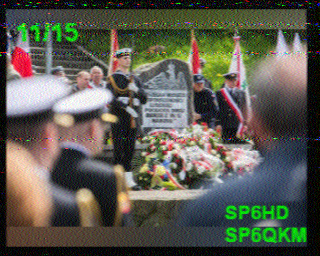
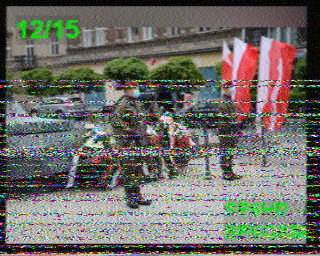
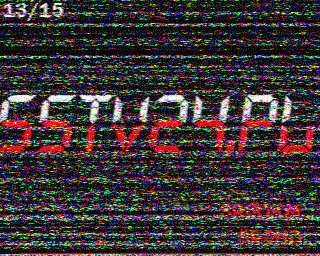
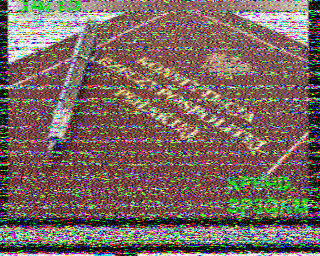

A few more images became a complete mess, so that’s all I was able to receive.


11.11.2023, high-altitude balloons SP5LOT-11, 144.500 MHz, Robot36
It was a long few months since I received high-altitude balloons over Lviv for the last time. But today I received an SSTV image from SP5LOT and SQ5RB event. There were analog SSTV and digital DSSTV. I was able to receive signal only at the end of flight, so received only 3 images:
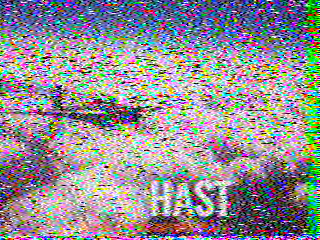
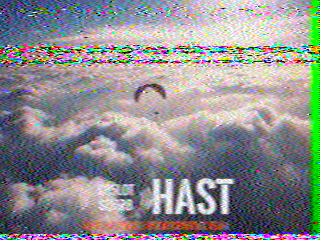
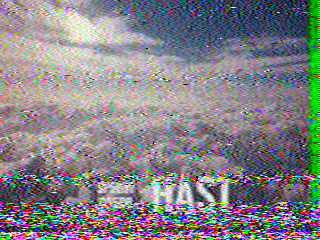
Regards the DSSTV signal, it was good, but not strong enough to decode all packets.
08.06.2024, high-altitude balloon SP5GFN-11, 144.500 MHz, Robot72
A wonderful opportunity happened to record SSTV from the SP5GFN-11 balloon. The balloon was flying quite close, at a distance of 130 km from Lviv, which made it possible to receive it even within my apartment.
So, only thanks to this, I heard a familiar sound from the transceiver and quickly started recording. I even managed to record all 30 out of 30 images.

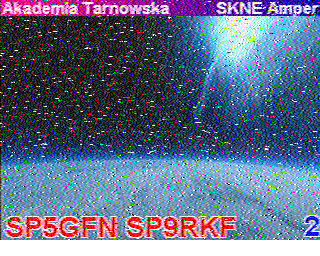
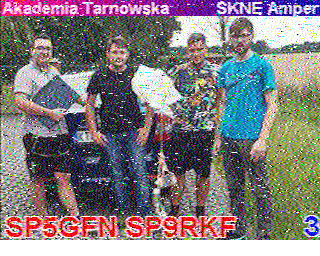
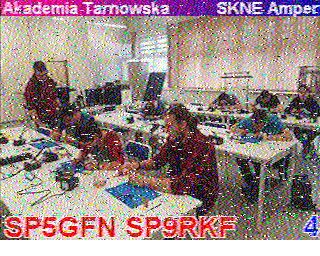
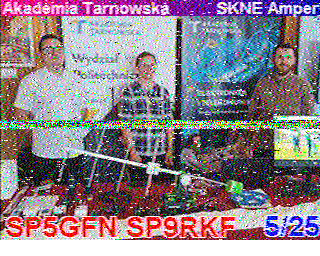
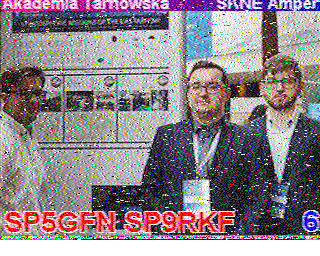
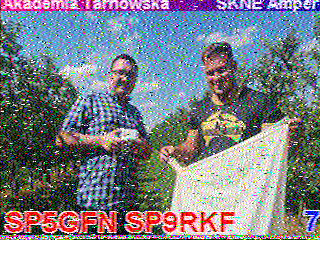

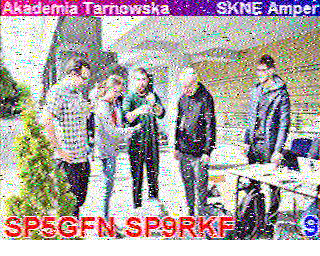
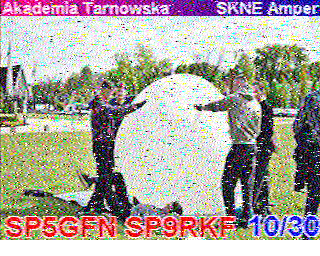
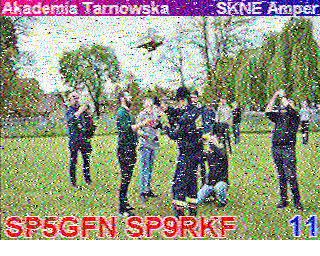
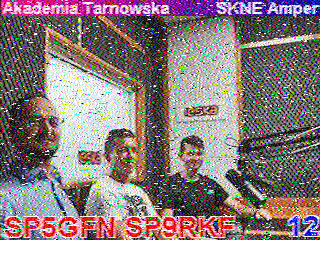
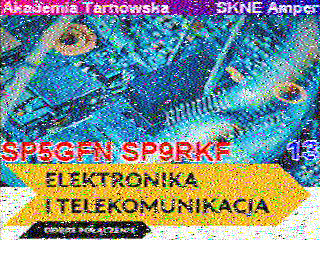

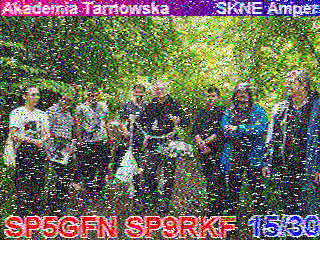
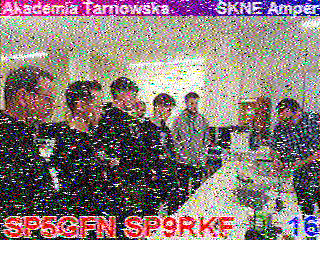

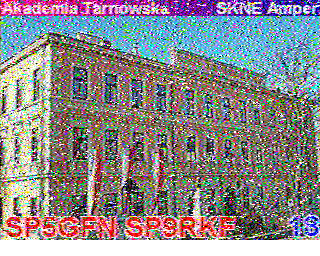
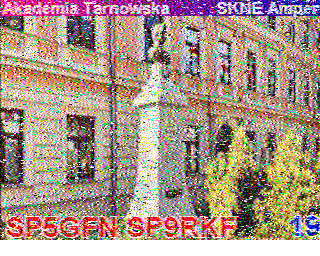
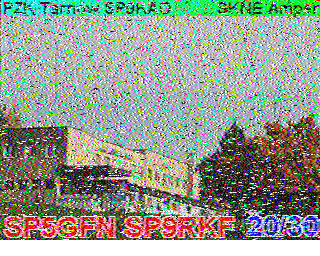
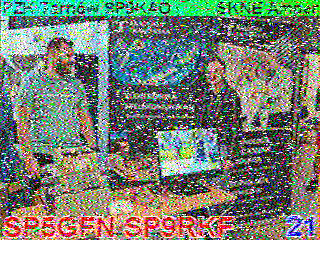
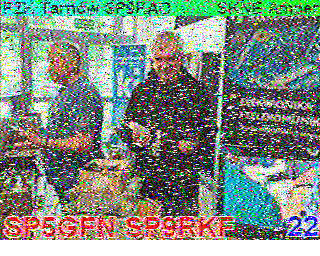
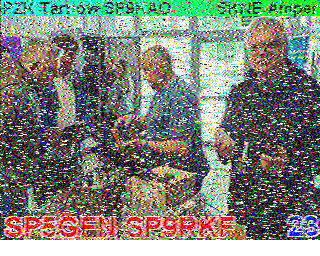
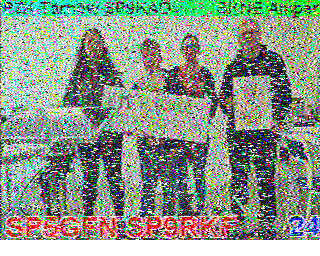
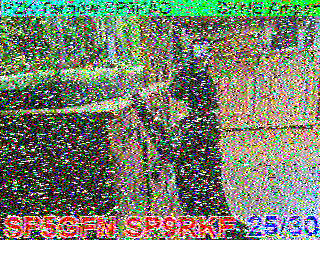
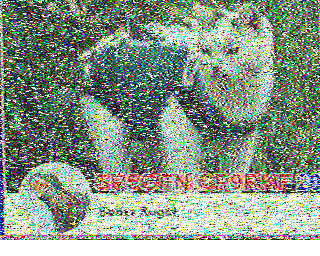


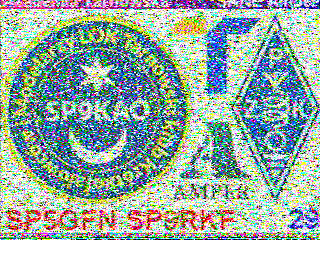
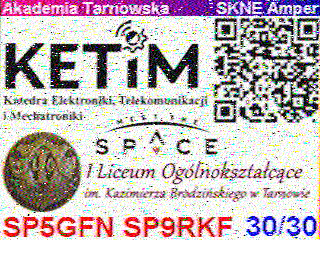
Unfortunately, I started recording when the noise level was increasing, so I received the 30th image first and in good quality, but then the next 30th image was very noisy and unclear.

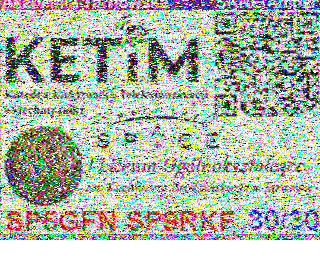
22.09.2024, high-altitude balloon SQ5RB-11, 437.200 MHz, COFDMTV
Recently I received an email stating that a balloon launch is planned. What’s interesting is that the balloon will broadcast real-time images in COFDMTV mode. Since my transceiver in the 70 cm band is channel-based, I tried to record signal using an RTL-SDR Blog V4.
While recording audio using GQRX, I tried to decode the signal directly on my smartphone using the Assempix app for Android. This is where I encountered the first problem – the smartphone persistently activated noise cancellation, which resulted in the signal not being decoded. I recorded three transmissions and the signal began to weaken as the balloon started to descend.
Several attempts to decode the recordings obtained from GQRX were unsuccessful. So, I looked for an old smartphone without noise cancellation. Using a clever combination, I finally managed to get one of the three recordings decoded!
7 out of 7 packets were decoded, but the next two were not.
The experiment was interesting, but it had a drawback – a small amount of noise made it impossible to decode the image. Therefore, I believe this mode is not the best fit for amateur radio. HamDRM and the good old analog SSTV, although they produce a more distorted image, still allow for partial decoding even if some packets are lost.
Here is the audio recording with successful decoding:
And here is the audio recording with noise, which made decoding impossible:
The difference in noise isn’t exactly noticeable. However, in the second case, none of the attempts allowed me to obtain even a partial result.
Another interesting thing is that the image is clear enough to be compared with, for example, Google Maps.
